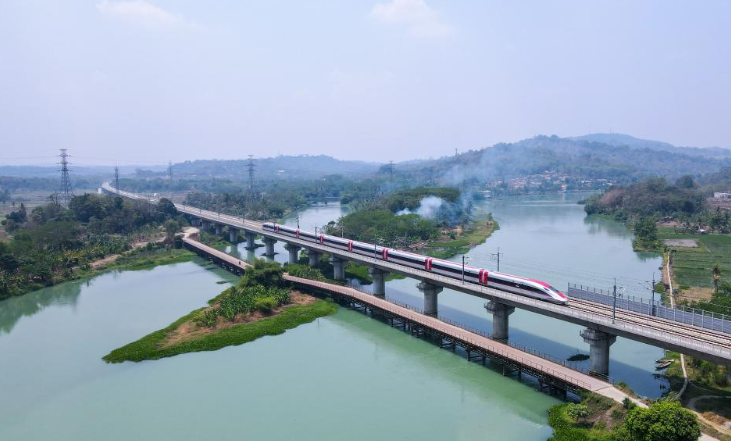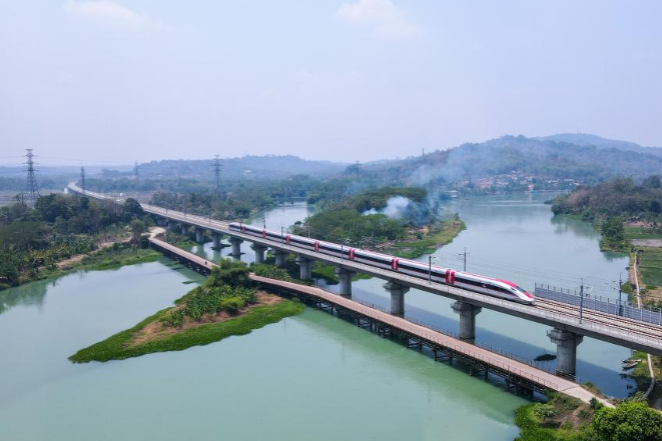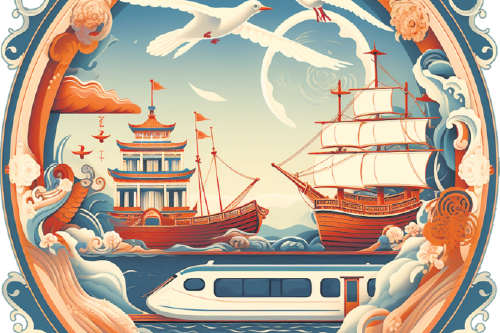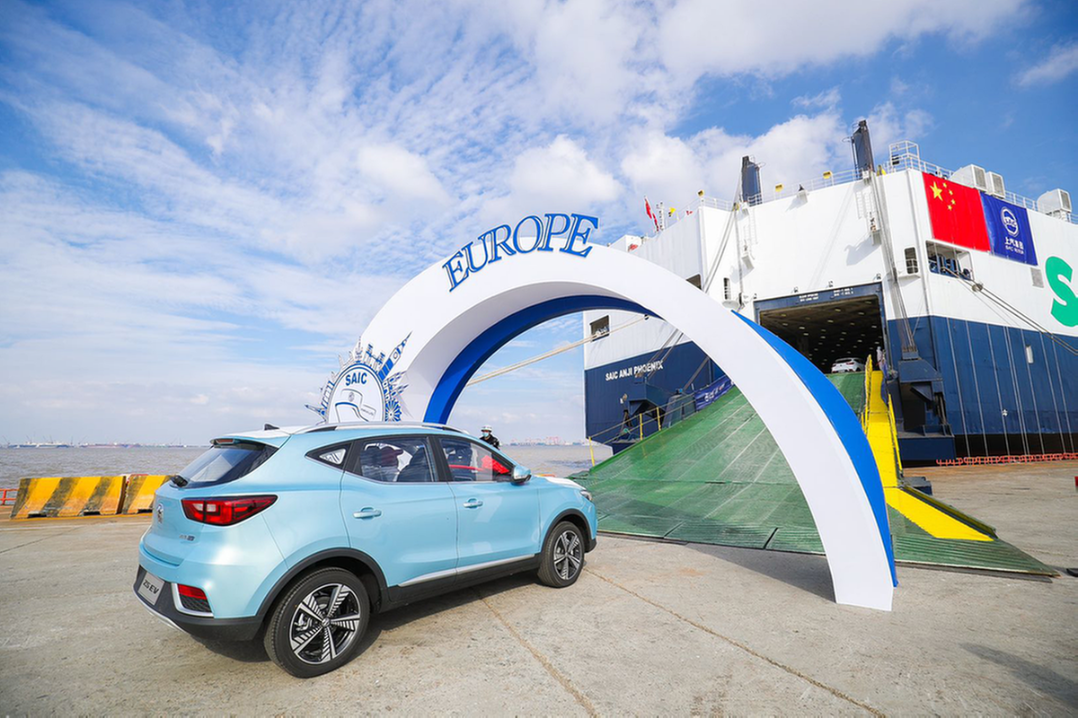China-Indonesia friendship whooshes onward


China and Indonesia are marking 75 years of diplomatic ties. Much like the savory Indonesian dish beef rendang—beef chunks and aromatic spices slowed-cooked in coconut milk—the friendship is multifaceted, nourishing and finer with age.
As early as the 15th century, Chinese navigator Zheng He sailed to Indonesia several times during his seven voyages of peace and friendship to Southeast Asia. A section of the National Historical Museum in Jakarta showcases Zheng He's visits, the only friendly foreign visits documented by the museum. The history is retold by the Cakra Donya Bell in Jakarta's Aceh Museum, which Zheng He presented to the Sultan of Pasai, as well as the many artifacts made of ancient Chinese copper kept at Bali's Tampaksiring Palace. These exhibitions and relics are living reminders of an age-old bond.
When Indonesia fought for independence from colonization, Chinese people stood in staunch support. China was among the first countries to recognize Indonesia following its independence in 1949. Over the years, the two countries have stood together through natural disasters such as earthquakes, swiftly delivering humanitarian support to the friend in need, just like how the Indonesian saying describes, "Berat sama dipikul, ringan sama dijinjing" (Sharing weal and woe together).
Today, within the framework of the Belt and Road Initiative, China-Indonesia cooperation has yielded fruitful outcomes. The Jakarta-Bandung High-Speed Rail is the first high-speed rail line in Southeast Asia. It has reduced travel time between Jakarta and Bandung from 3 hours to just 40 minutes, a great convenience for the local people. It also marks the first time that China's high-speed rail has gone global in its entirety, taking international cooperation to deeper levels.
Cooperation highlights are also seen in the digital economy. Invested and built by Chinese e-commerce giant Alibaba, Lazada has become one of the largest e-commerce platforms in Indonesia. Along with Chinese sci-tech investment comes job opportunities and supporting businesses, giving a strong boost to local employment.
Cultural exchanges have remained vibrant as ever. Staff members of Istiqlal Mosque in Jakarta, the largest mosque in Southeast Asia, are often heard reading Chinese out loud to master the language, hoping to be able to introduce the mosque's history and culture to Chinese tourists. In the past few years, some one million Chinese tourists have visited Indonesia annually, with Bali and Manado being the most popular.
In addition to tourists, a growing number of Chinese and Indonesian students have chosen to study in each other's country. Santi, whose Chinese name is Han Shanmei, was one of the Indonesian students in China. Coming from humble background, she excelled in school and was awarded a Confucius Institute scholarship for graduate and doctorate degrees in China. Now she is a founding partner of an education agency in Jakarta that helps Indonesian kids with limited means fulfill their dream of studying in China, passing on a baton of promise and friendship to more youngsters.
In an official logo commemorating 75 years of diplomatic ties, China's giant panda and Indonesia's Javan hawk-eagle are portrayed in gold in an entwined posture, a symbol of two old friends with mutually beneficial cooperation committed to building a community with a shared future together. More will surely be achieved in the next 75 years and beyond as China-Indonesia friendship whooshes onward like the Jakarta-Bandung High Speed Rail, steady and sound.
Yi Fan is a Beijing-based political commentator. The views don't necessarily reflect those of China Daily.
If you have a specific expertise, or would like to share your thought about our stories, then send us your writings at opinion@chinadaily.com.cn, and comment@chinadaily.com.cn.


































